By Bruce Doorly

In 1650 Dutch explorer Cornelius van Tienhoven, upon visiting the Raritan Valley, wrote Somerset County is “the handsomest and pleasantest country man can behold.” He was referring to land that was covered in forests.
Fast forward to today. Most of the forest has been cut down and the land developed with roads, homes, businesses, schools, recreation facilities and more. How did it all happen? Here is the story for Bridgewater and Raritan as I know it. And I welcome any additions or corrections.
(For this article we focus on the Bridgewater that we see “today.” As Bridgewater in its past had many sections taken away from it - Warren in 1806, Bound Brook in 1891 and Somerville in 1909.)

Many of the roads that we see today had their origins in the mid-1750s.
Maps from this period show roads that would eventually become Foothill Road, Washington Valley Road, Chimney Rock Road, “Old York Road/Somerset St.” and Route 28.

Starting in the 1700s there were only scattered houses in Bridgewater and Raritan. A few of the houses of the wealthy still stand as they were well built.
In Raritan there is the General John Frelinghuysen house (now the library) and the Middaugh Tavern.
Bridgewater has the Van Veghten home on the edge of the Raritan River, the Van Horne home across from today’s ballpark, and the Jacob Vosseller house on Foothill Road.
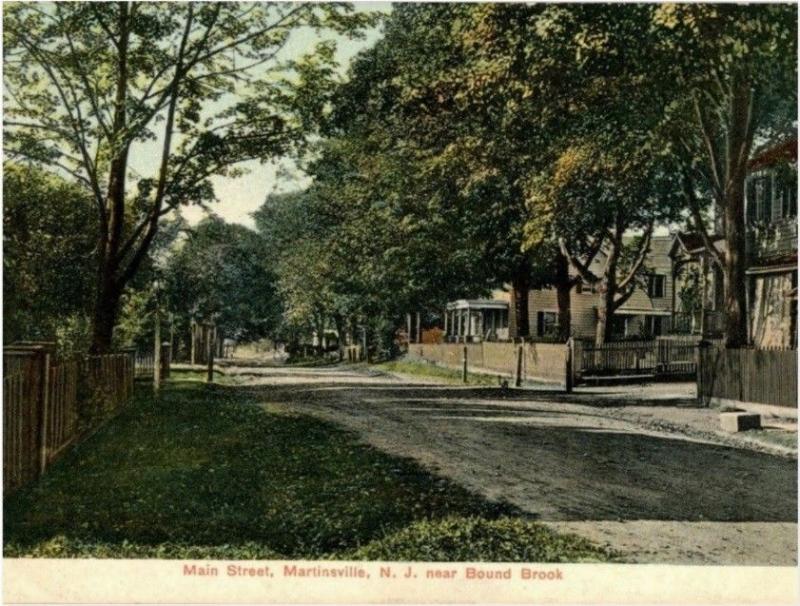
In the 1800s, perhaps a little earlier, families started to settle together along one of the few roads of the era - Washington Valley Road.
Officially they became a village in 1829, Bridgewater’s first, when they established a Post Office. One gentleman who had done a lot for the town, Absalom Martin, was made postmaster. They named the post office after him – Martinsville. The name of the Post Office became the name for the village. That remains to this day.

In 1840 a group of investors planned out a factory town along the Raritan River. The first step was the digging of the Raritan Waterpower Canal. The canal was complete by 1842 and a few factories went up beside it.
Workers, starting with the canal diggers, and later the factory workers, needed a place to live, thus the village of Raritan was born. By 1860 a sizable downtown with stores and surrounding homes had evolved.
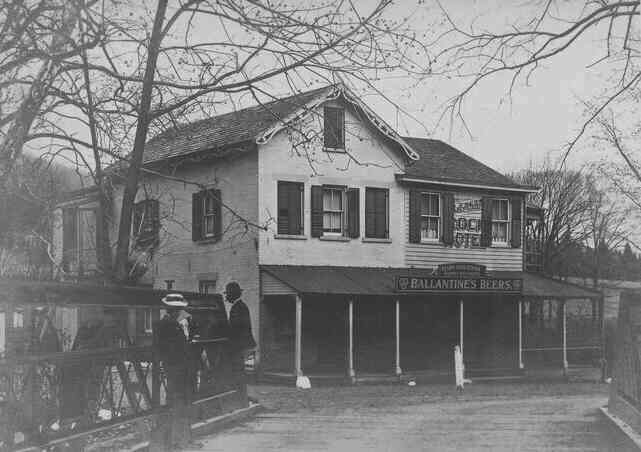
By 1860 many of the roads that we know today existed. An 1860 map of Bridgewater shows the on west side of town, Milltown Road, Vanderveer Road, Van Holton Road, Garretson Road, and Meadow Road.
On the east side we see Adamsville Road, Thompson Street and Vosseller Avenue.
Early Business 1800
The towns slowly filled up with taverns, general stores, and blacksmith shops of their era. Almost all have disappeared over the decades. But today’s Chimney Rock Inn had its beginning as the Chimney Rock Hotel way back in 1863.
The surviving Chimney Rock Quarry was founded in 1886.
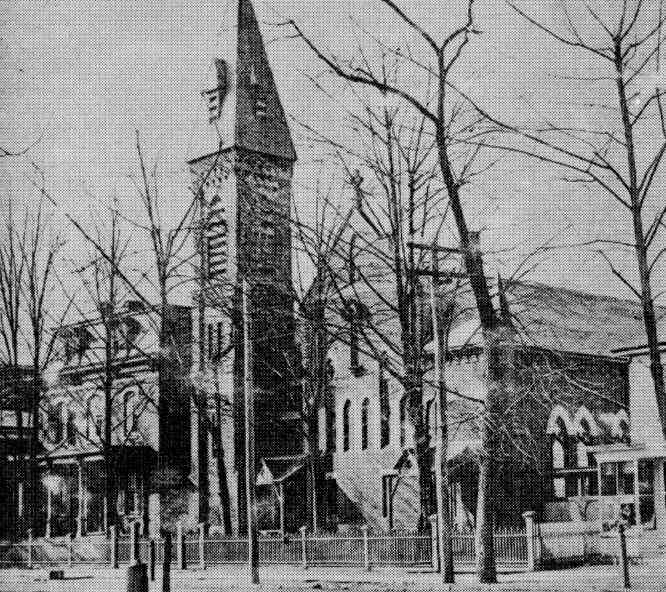
The earliest documented church in Bridgewater was on the Van Veghten property in southeast Bridgewater. It stood from “around 1730”-1779. It was burnt down by the British during the Revolutionary War. In addition, two small family cemeteries survive from the original Van Veghten property.
The two earliest church buildings in Raritan still stand today, although not with their original congregations. Today’s Shrine Chapel on Somerset Street was built around 1864 and served St. Bernard’s until they moved to Route 22 in 1988. Today’s Hindu Temple was first built in 1848 serving the Third Reformed Church until they shut down a decade ago. The cemetery at St. Bernard’s opened in 1876. The mausoleums were added in 1988.
The church at St. Joseph’s in Raritan was built in 1914. St. Paul’s in Raritan was built in 1924 while the congregation started in 1894. St. Ann’s church dates to 1933 while the congregation started in 1903.
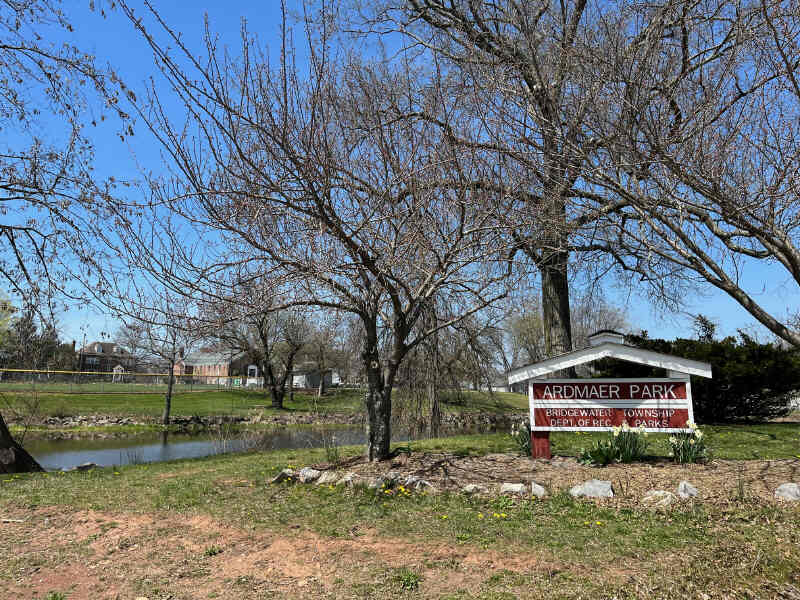
This section of Bridgewater was named after William Bradley. He was a millionaire businessman from New York City who decided to pursue his dream of owning a horse farm. To do this he purchased extensive acreage in southwestern Bridgewater in 1907.
While the horse farm he established was vast, it was a financial disaster. By 1923 the horses were almost all sold.
Upon his death in 1924 a realty firm marketed the lots cheaply and over the next ten years there were many purchasers. The area grew into a community by the 1930s. The houses built reflected the economy of the depression years of the thirties. With no planning board people built what they could afford. They were called a “Shanty Town” by the surrounding area.
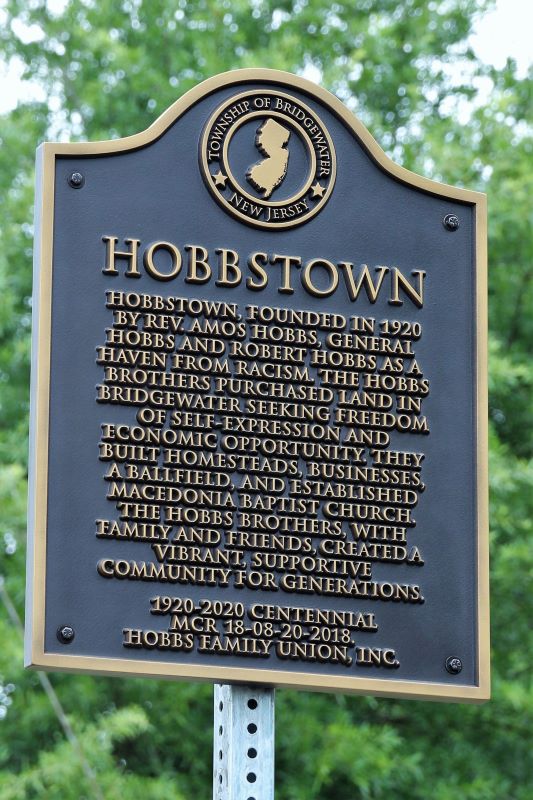
In the 1920s, many African American families from the South were seeking better economic and social conditions in the North. Three of these families included Reverend Amos Hobbs and his wife Frances, his brother General and his wife Viola, and his other brother Robert and his wife Ella.
A chance encounter with a motivated real estate agent led to them buying land in Bridgewater. They built their first home themselves and over time acquired parcels of land and founded a community they called Hobbstown in 1921.

In 1929 it was determined that Route 28, that went through the downtowns, was too slow moving and a faster alternative running parallel to it was necessary. Thus, Route 22 was born. The second lane was added around 1950.
In 1934 after much planning and debate Route 29 (now 202), 28, and 31 (now 206) were routed together to form the Somerville Circle. An overpass was complete in 1994.
Interstate 287 through Bridgewater was completed in the mid-1960s.
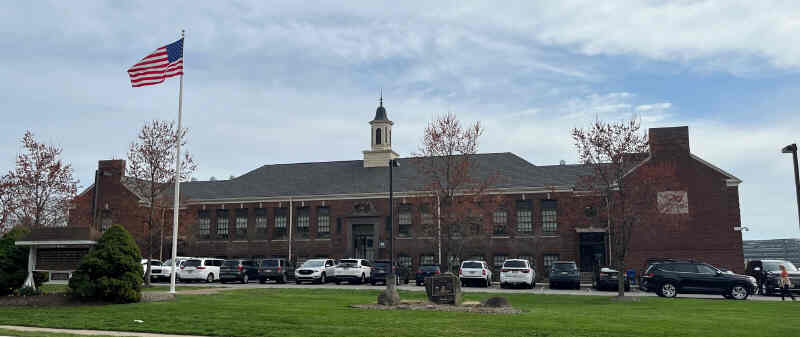
The Finderne School opened in 1926. Today it is the People Care Center.
The Green Knoll School opened in 1936. Today it is used as part of the Bridgewater Municipal Building Complex.
The population of Bridgewater rapidly increased from 8,200 in 1950 to 30,200 in 1970. (46,000 today). Many new schools were needed. They were, with the years opened: Bradley Gardens 1954, Adamsville 1955, High School 1959, Hillside 1962, Van Holton 1964, JFK 1964 (successor to Raritan Primary School from 1880), East High School 1966 (now the Middle School), Hamilton 1965, Crim 1968, Eisenhower 1969, and Somerset County Vo-Tech in 1971.
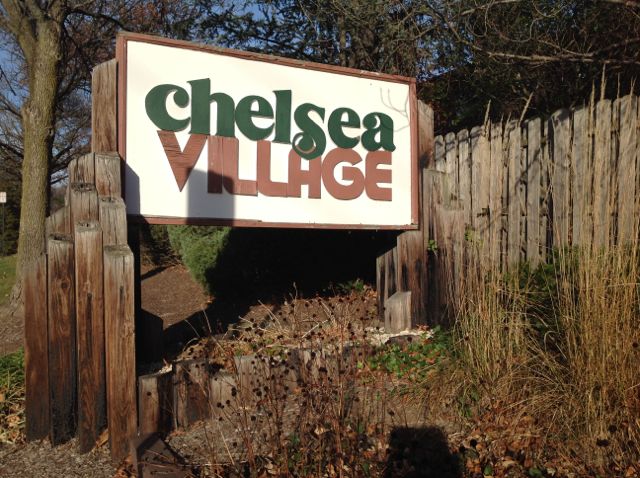
Bridgewater’s first condos were at Chelsea Village in 1977. The prices ranged from $47,000 - $52,000.
Many condo complexes followed. Bridgewater Oaks in 1986, Finderne Heights, initially built as apartments in 1960, went condo in 1988, Crossroads 1986, Fairways 1989, Bridle Club 1990, Stratford Place 1992, Glenbrook 1993, Hidden Pond (Raritan) 1995, Loft Farm 1997, Stratton Meadows 1997, and Four Seasons (55 plus) 2004.
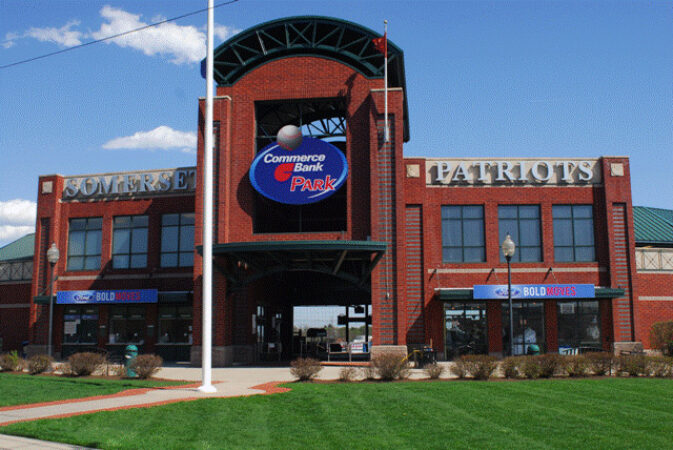
The oldest surviving recreation facility in Bridgewater is the Raritan Valley Country Club which opened in 1911.
1960 was a very good year for recreation startups as both the Green Knoll Golf Course and Duke Island Park opened.
The Bridgewater Sports Arena (Ice Rink) had its opening in 1993.
The Somerset Patriots Baseball team and stadium made their debut in Bridgewater in 1999. Mascot Sparkee and Sparky Lyle have been there from the start. The Jewish Community Center (JCC) with their fitness center, swimming, basketball, and camps opened in 1999.
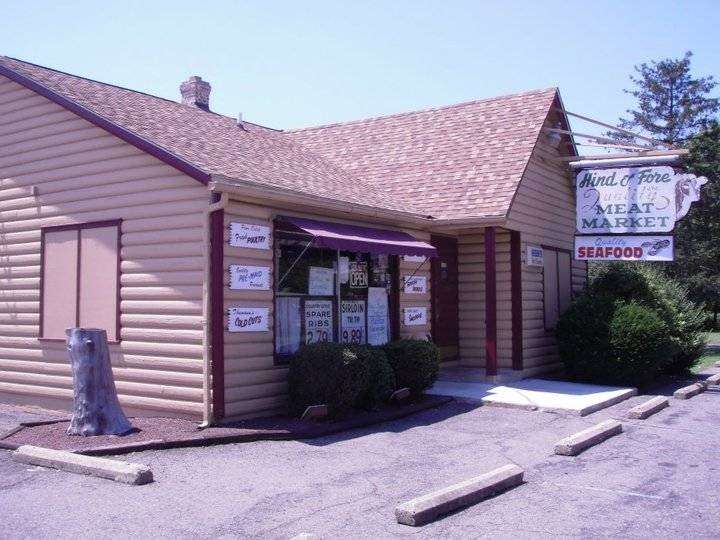
Surviving business in Raritan - DeLucia’s Bakery (today DeLucia’s Pizza) moved there in 1923 from Somerville. Tropiano’s opened as an appliance store in 1936. The Bongiovi Funeral Home opened in 1944 as the Conroy-Bongiovi Funeral Home.
Surviving business in Bridgewater - Steck’s Delicatessen, an original tenant of the Somerset Shopping Center in 1957, is still around today (There door ironically says 1959).
The Hind and Fore Meat Market has been in that location since 1962.
The Hoagie Hut has been around since 1969.
The Bridgewater Commons Mall opened in 1988.
The Costco Shopping Center opened in 1999 and still has most of the original stores.

Bridgewater’s Post Office opened in November of 1975. Before that Somerville handled most of Bridgewater’s mail.
The County Library on North Bridge Street opened in April of 1981. The previous county library was a small library in Somerville near the court house.
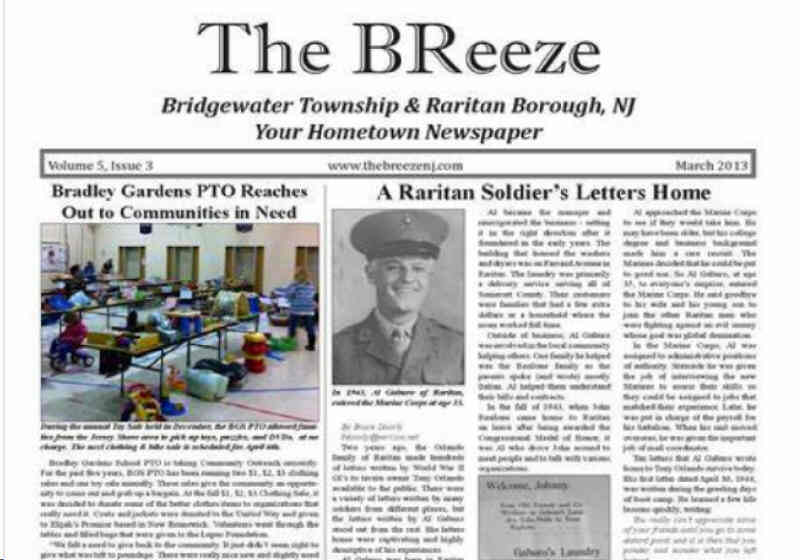
Lastly for the record, this newspaper “The Breeze” was started by Wendy Doheny in 2009. It was purchased by Audrey Blumberg in 2013.
This author started writing articles in 2011.